In December 2018 the state of Gujarat reported that its lone male Great Indian Bustard was missing. It was a young adult that the officials believed had flown to neighbouring Rajasthan and might return soon. Now six months later, the bird has still not been traced, and as chances of it returning to the state become slimmer, so does the hope of a next generation of bustards coming from Gujarat as the breeding season nears its end this July. There are at present only 6 female bustards in the state.
Also Read: Don’t Be Extinct Yet, The Bustard Breeding Centre is Coming Soon
The Great Indian Bustard is one of the most threatened species of birds in the world, so much so that experts dread it can go extinct in our lifetime. While many plans have been put into place to reverse this dooms day warning, sadly there is much on paper and little on the ground that has been done to save the birds.
Decreasing Numbers
Last year the Red List of Threatened Species maintained by IUCN noted that the total population of the bird in India had plummeted from around 300 in 2008 to 50-249 mature individuals in 2018. In Gujarat, the population went down from 20 in 2017 to a mere 15 in 2018. And now if the only male bustard of breeding age is missing from the GIB national park in Gujarat, the chances of any natural revival to the numbers are extremely dim.
Deputy Conservator of the Forest of Kutch (West) B J Asari admitted that the officers have been looking for the male bird for the last six months but they fear that it has either flow to neighbouring Rajasthan or worse crossed LOC to Pakistan. The GIB national park in Naliya, Kutch is spread over a 258 sq km and the park officials have been searching for the bustard daily, he says. The search team spotted the bird in Nakhtarana and later in Banni in Kutch but at present it is untraceable.
Must Read: The Perils of Being a Great Indian Bustard
As per another IUCN report published in 2017, 49 Great Indian Bustards were hunted in Pakistan out of the 63 sighted in four years. If the male bustard from Gujarat has indeed flown to the neighbouring nation, its survival chances have become lower than ever before.
Meanwhile, in its home country while poaching is not the biggest threat, power lines, ill-defined land distribution policies, and encroachment of space are robbing the bustard of a fighting chance of survival every day. The biggest factor being the assumption that forests are the only place where wildlife live undermining the importance of other ecosystems like the grasslands.
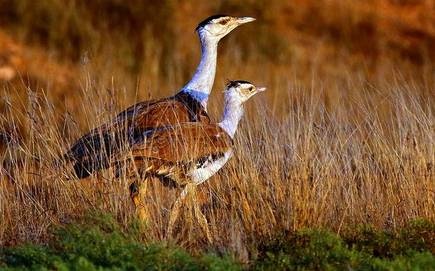
“In Kutch, the number of GIBs had reduced prior to independence due to excessive hunting. Post-independence, a change in agri-practices led to more decimation. And in the past few years, power lines finished the rest. Many of the power lines belong to GETCO or Gujarat Energy Transmission Corporation. Many of the windmills connected to the power lines belong to Suzlon. While power lines cause the deaths of both, male and female birds, males, due to their being larger, heavier and slower in flight, fall prey more to power lines,” says Asad Rahmani of Bombay Natural History Society (BNHS) to Down to Earth.
Rahmani reminisces: “Fifteen years ago, when I was working in that area, there were 11 males. The government did not act to provide them proper protection, first from poaching and then, from the power lines. So you have the result before you.”
The GIB captive breeding facility that the government has been planning for a decade now still has not materialised. Besides the scientific difficulties of captive breeding a bird which is shy and lays one egg one season, the debate over which state would get the approval of a breeding centre still prevails, further robbing the time left to save the bird.
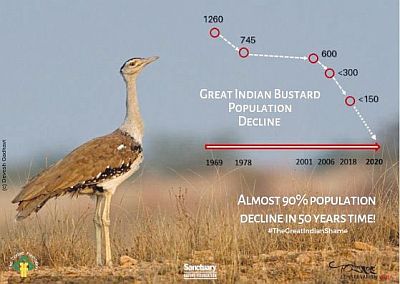
Gujarat officials are now considering asking Rajasthan for a couple of male bustards for captive breeding efforts at a breeding centre being planned at Kutch. And as the days turn to months and years in considerations to execution of conservation plans, the critical loss of bustards continues uninterrupted.
If you liked what you read and wish that we continue to bring stories of lesser known species into the mainstream, do support our work by clicking here.

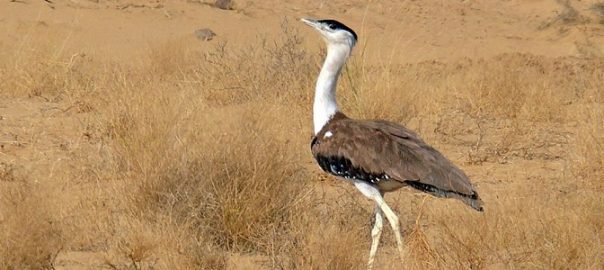
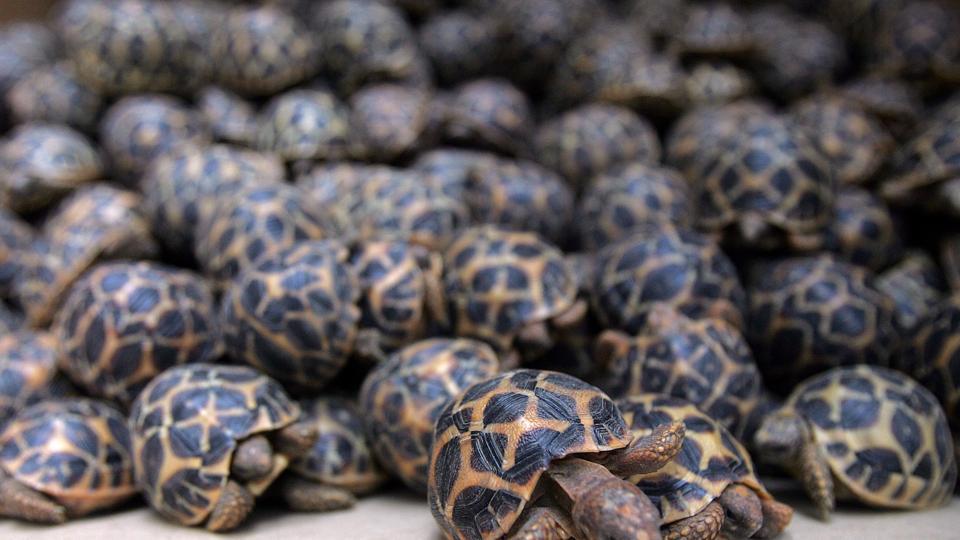

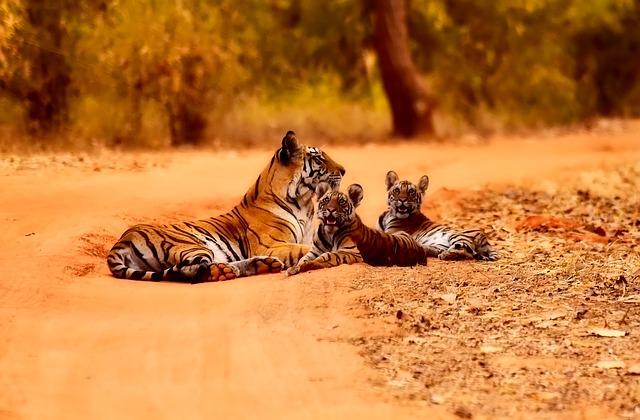

One thought on “Gujarat Fears It Has Lost Its Only Male Great Indian Bustard”